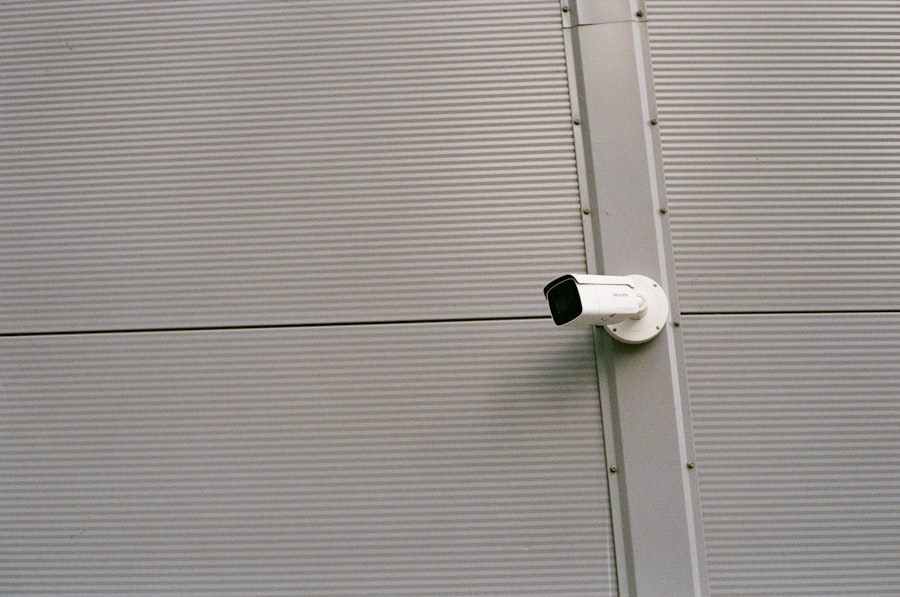In the realm of cybersecurity, backdoor threats represent a particularly insidious category of vulnerabilities that can compromise the integrity of systems and networks. A backdoor is essentially a method of bypassing normal authentication or encryption in a computer system, allowing unauthorized access to data and resources. This clandestine entry point can be intentionally created by developers for legitimate purposes, such as remote troubleshooting, but it is often exploited by malicious actors to gain unauthorized access.
The dual nature of backdoors—both as tools for legitimate use and as vectors for cybercrime—makes them a significant concern for organizations and individuals alike. The prevalence of backdoor threats has surged in recent years, driven by the increasing sophistication of cybercriminals and the growing complexity of IT environments. With the rise of cloud computing, mobile devices, and the Internet of Things (IoT), the attack surface has expanded dramatically, providing more opportunities for attackers to exploit vulnerabilities.
Notably, backdoors can be embedded in software applications, operating systems, or even hardware components, making detection and mitigation particularly challenging. As organizations strive to protect their digital assets, understanding the nature of backdoor threats and implementing robust security measures becomes paramount.
Key Takeaways
- Backdoor threats are a serious concern for system security and can lead to unauthorized access and data breaches.
- Signs of a backdoor include unusual network activity, unexpected system changes, and unauthorized access attempts.
- Common methods of backdoor entry include phishing attacks, software vulnerabilities, and weak passwords.
- Best practices for protecting your system include regular software updates, strong password policies, and network segmentation.
- Utilizing security software and tools such as firewalls, antivirus programs, and intrusion detection systems can help prevent backdoor attacks.
Identifying Signs of a Backdoor
Detecting the presence of a backdoor within a system can be a daunting task, as these threats often operate stealthily to avoid detection. However, there are several telltale signs that may indicate the existence of a backdoor. One of the most common indicators is unusual network activity.
If an organization notices unexpected outbound connections or data transfers occurring at odd hours, it may suggest that an unauthorized entity is accessing the system through a backdoor. Monitoring network traffic for anomalies can provide valuable insights into potential breaches. Another sign to watch for is unexplained changes in system configurations or user accounts.
If new user accounts are created without authorization or existing accounts exhibit altered permissions, it could be a red flag. Additionally, the presence of unfamiliar processes running on a system can indicate that a backdoor has been installed. Cybersecurity professionals often utilize tools such as process explorers and system monitors to identify these rogue processes.
Regularly reviewing logs for suspicious activities can also help in pinpointing potential backdoor installations.
Common Methods of Backdoor Entry

Cybercriminals employ various methods to establish backdoors within systems, each with its own level of sophistication and stealth. One prevalent technique is through malware installation. Attackers often use phishing emails or malicious downloads to trick users into installing software that contains backdoor capabilities.
Another common method involves exploiting vulnerabilities in software applications or operating systems.
Cybercriminals actively search for unpatched software flaws that can be leveraged to gain unauthorized access. For instance, zero-day vulnerabilities—previously unknown security flaws—are particularly valuable to attackers because they can exploit them before developers have a chance to release patches. Additionally, attackers may use social engineering tactics to manipulate users into providing access credentials or unwittingly installing backdoor software.
Best Practices for Protecting Your System
| Best Practices for Protecting Your System |
|---|
| Use strong and unique passwords |
| Enable two-factor authentication |
| Keep your software and operating system updated |
| Regularly back up your data |
| Use a reliable antivirus and antimalware software |
| Avoid clicking on suspicious links or downloading unknown files |
| Be cautious with email attachments and phishing attempts |
To safeguard against backdoor threats, organizations must adopt a multi-layered security approach that encompasses various best practices. One fundamental strategy is to ensure that all software and systems are kept up-to-date with the latest security patches. Regularly applying updates helps close vulnerabilities that could be exploited by attackers seeking to install backdoors.
Organizations should also implement strict access controls, ensuring that only authorized personnel have access to sensitive systems and data. Another critical practice is to conduct regular security assessments and penetration testing. By simulating attacks on their own systems, organizations can identify potential weaknesses and address them proactively.
Additionally, employing network segmentation can limit the spread of an attack if a backdoor is discovered. By isolating critical systems from less secure areas of the network, organizations can contain potential breaches and minimize damage.
Utilizing Security Software and Tools
The deployment of robust security software and tools is essential in defending against backdoor threats. Antivirus and anti-malware solutions play a crucial role in detecting and removing malicious software that may attempt to establish backdoors. These tools utilize signature-based detection methods as well as heuristic analysis to identify suspicious behavior indicative of backdoor activity.
Intrusion detection systems (IDS) and intrusion prevention systems (IPS) are also vital components of a comprehensive security strategy. IDS monitors network traffic for signs of unauthorized access attempts or anomalies, while IPS actively blocks such attempts in real-time. Additionally, employing firewalls can help filter incoming and outgoing traffic based on predetermined security rules, further reducing the risk of backdoor installations.
Conducting Regular System Audits

Regular system audits are an indispensable practice for identifying potential vulnerabilities and ensuring compliance with security policies. These audits involve a thorough examination of hardware and software configurations, user accounts, and access controls. By systematically reviewing these elements, organizations can uncover discrepancies that may indicate the presence of a backdoor or other security threats.
During an audit, it is essential to assess not only the technical aspects but also the organizational policies governing access and usage. This includes evaluating user permissions to ensure they align with job responsibilities and do not grant excessive privileges that could be exploited by malicious actors. Furthermore, documenting audit findings and implementing corrective actions can help organizations strengthen their defenses against future attacks.
Educating Employees on Backdoor Prevention
Human error remains one of the most significant vulnerabilities in cybersecurity, making employee education a critical component of any defense strategy against backdoor threats. Organizations should implement comprehensive training programs that educate employees about the risks associated with backdoors and how to recognize potential signs of compromise. This training should cover topics such as phishing awareness, safe browsing practices, and the importance of reporting suspicious activities.
Moreover, fostering a culture of cybersecurity awareness within the organization can empower employees to take an active role in protecting their systems. Encouraging open communication about security concerns and providing resources for reporting incidents can help create an environment where employees feel responsible for safeguarding sensitive information. Regular refresher courses can also keep security practices top-of-mind and ensure that employees remain vigilant against evolving threats.
Responding to and Recovering from Backdoor Attacks
In the unfortunate event that a backdoor attack occurs, having a well-defined incident response plan is crucial for minimizing damage and facilitating recovery. Organizations should establish clear protocols for identifying, containing, and eradicating the threat once it has been detected. This may involve isolating affected systems from the network to prevent further unauthorized access while conducting forensic analysis to understand the extent of the breach.
Recovery from a backdoor attack often requires restoring affected systems from clean backups and implementing additional security measures to prevent future incidents. Organizations should also conduct post-incident reviews to analyze what went wrong and how similar attacks can be prevented in the future. This continuous improvement process is vital for adapting security strategies in response to emerging threats and ensuring long-term resilience against cyberattacks.
The combination of technological defenses, employee education, regular audits, and effective incident response planning creates a robust framework for safeguarding against these insidious threats in an increasingly complex digital landscape.
If you are interested in exploring the concept of backdoors further, you may want to check out this article on graphical analysis in dynamical systems and examples. This article delves into the mathematical principles behind dynamical systems and how graphical analysis can be used to understand complex systems. It provides a deeper insight into the mathematical techniques that can be applied to analyze and interpret various phenomena.





















+ There are no comments
Add yours